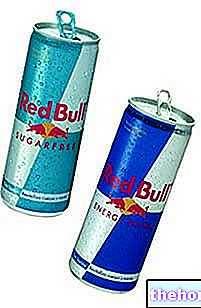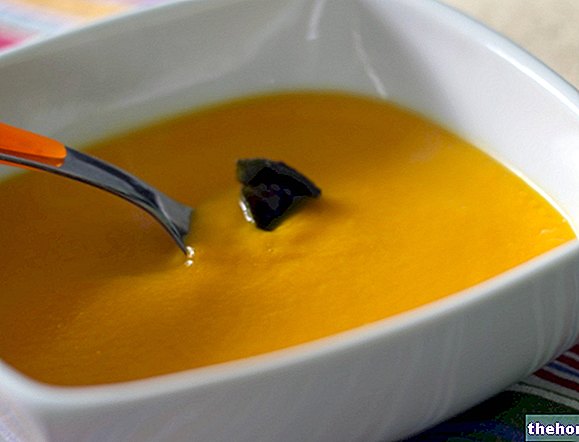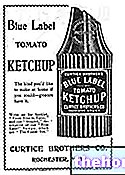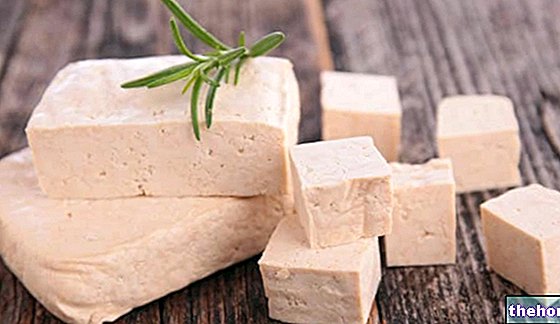What is that
The tomato sauce (in English "napolitan sauce") is a COOKED recipe that belongs to the group of canned in jars.
It is an ancient recipe of over two centuries; the first bibliographic citation is found in the cooking text “L" Apicio Moderno "(by Francesco Leonardi).

Tomato sauce is a base used basically to accompany first courses and pizzas; it is also used in the dressing of certain appetizers and main courses.
Differences with other products
Tomato sauce is NOT synonymous with peeled tomatoes, pulp, pieces, puree, concentrate, gravy, ketchup or puree. They are all different products.
Typically, tomato sauce contains tomatoes, a pinch of salt, and flavors such as basil, oregano, parsley and chilli.
The wording "Tomato Sauce" is used above all to indicate a preserves produced at home level.
The market mainly deals with the passata (not flavored) and the sauce (containing many other ingredients).
From the point of view of the complexity of the recipe and the number of ingredients, the sauce could be considered a "middle way" between the passata and the sauce.
From the technological food point of view, the tomato sauce differs from the puree for the application of a higher heat treatment (higher temperature and time) necessary to obtain a greater density and a long shelf life.
In the table below we can appreciate the fundamental differences between tomato sauce and other similar products.
Passed
Raw or pasteurized at 65 ° C. More liquid. Without flavorings.
Puree
It is denser. The higher consistency is obtained by filtration.
Concentrated
It is even more dense, dehydrated and can be stored following an intense and prolonged heat treatment.
Pulp
Raw or pasteurized at 65 ° C. It has a coarser texture.
Pieces
Raw or pasteurized at 65 ° C. It is reduced to cubes.
Peeled
Blanched and pasteurized at 65 ° C. They are whole tomatoes, without peel, immersed in a preserving liquid (generally based on tomato sauce).
Juice
Contains salt, flavorings and a base of sautéed consisting of: celery, carrots, onion, garlic and oil. It is thickened a lot, has a darker color and a more intense flavor. Someone aromatizes it with a splash of white wine.
Ketchup
It is sweet. It is made with a totally different recipe.
Tomato sauce has a simple nutritional profile; frequent consumption does not cause noteworthy contraindications.
Nutritional Characteristics
Tomato sauce is a vegetable-based food. The main ingredient is constituted by the fruits of the tomato plant, respectively classified in the VII fundamental group of foods.
It also belongs to the whole of preserved foods.
Tomatoes have a low calorie intake. Calories come from carbohydrates, followed by small concentrations of proteins and lipids.
Carbohydrates are mainly of the simple type (fructose). The peptides are of low biological value and the fatty acids are unsaturated.
Tomato sauce does not contain cholesterol.
Fiber is present in moderate amounts.
As for vitamins, tomato sauce contains excellent levels of ascorbic acid (vitamin C) and carotenoids (pro vitamin A, in particular lycopene, an antioxidant, anticancer and beneficial for the metabolism).
Remember that vitamin C is an easily degradable molecule (due to its sensitivity to heat and oxygen), therefore it is present in lower quantities in the sauce than raw tomatoes.
The fresh fruit also contains folic acid, a heat-sensitive B vitamin that is almost totally absent in the sauce.
Regarding minerals, good concentrations of potassium and sodium (added in the form of table salt) are observed.
Tomato sauce is suitable for all diets, does not show metabolic harm and does not worsen overweight.
Some people experience a sensation of increased gastric acidity or digestive difficulty. Sometimes this discomfort is justified by the presence of objectively detectable complications of the stomach (gastritis, hiatal hernia and / or gastroesophageal reflux disease); in other cases they are not justifiable.
The tomato sauce is suitable for the diet of celiac and lactose intolerant.
It is accepted by vegetarian and vegan philosophies. As it cannot be prepared with temperatures equal to or below 42 ° C, it is excluded from the raw food diet.
It is not recommended by the macrobiotic diet (for excess of ying charge).
Equipped with a "special certification, it lends itself to Jewish and Muslim diets.
It has no contraindications even for Hinduism.
The medium serving of tomato sauce varies from recipe to recipe. About 100g of sauce (20-40 kcal) is enough to season a pasta dish.




























